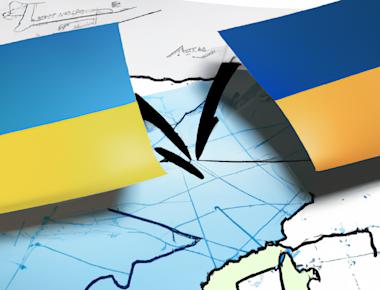

Table Of Contents
With the recent news about the Regional Economic and Global Partnership (= RCEP) (cf. my article about the China expansion), the Asia growing continent is about to achieve its economic strategy. China is a prime mover in Asian development.
Investments RCEP
Most of the big companies are investing in outsourcing their manufacturing in Asian countries. It has been a central region for international commerce and trade. However, intraregional trade represents 20% of Asia’s total trade during the financial crises in 2008 and increased to 57% in 2016. Asian nations now depend more on each other, and Asians are now investing in Asia. For example, China, Japan, or South Korea are themselves outsourcing and investing in developing Asian countries on a large scale, at the same time, China’s investment in the US are dropped.
Western sanctions against countries like Russia and Iran are less potent, and China is now Russia’s biggest trade partner.
Economic approaches
The economic approaches taken show greater nations’ direction and subsidies in Asia. Like China, Asian countries are enthusiastic about globalization but not about completely free trade. On the opposite, the West had created a tradition of strict separation between government and business while in Asia the norms are usually less defined, with subsidies and state direction (for example, Huawei or Xiaomi). Except for these two last big tech brands, it’s more common to see family-run firms in Asia rather than the classic Western publicly traded corporation.
Pragmatism & results
As said below, free markets is not an end for Asians, they tend to believe that markets should be subordinate to certain economic goals and societal well-being. The West influences show that many Asian countries have followed the currency reforms, privatizations, and other economic improvements but not a complete free-market of policies. Instead, they are looking around to emulate. Examples are Doha’s (Qatar) desire to be like Dubai, air travel, and a world business-meeting hub; India is taking China’s lead for creating special economic zones; Pakistan is seeking to become a tech hub, exactly like India (e.g. Tech Mahindra).
Technocratic & authority style of politics
Western societies have a constitutional government, power separation, and liberal democracy system. The culture is different, but Asians tend toward prioritizing order and strong government over democratic accountability. It’s a sense of pragmatism and fear of becoming undisciplined and ineffective. The recent news like the financial crisis in 2008, the leverage of populism, and the COVID pandemic show they’ll continue to follow their standards more than before.
In Ancient Greece, Plato favored a government led by a committee of public-spirited guardians over an inclusive democracy.
Today, a government that relies on getting expertise and goals is called “technocratic”, and that’s where the Asian tends. The Asians completely understand and accept technocratic and authority as long as the government’s delivering economic progress, law, and order, as well as responding to the concerns of the public. As the opposite in Western countries, where politicians need to “sell” their project to be elected.
Singapore high-tech performance
The example of Singapore as a technocracy is big, and its early lead which was Lee Kuan Yew was a technocrat. Thousands of foreign officials come to Singapore every year to study its institutions. The strategy followed was to build competent technocratic governance first, while improving performance feedback and a bit of democracy. Its political system allows getting just a little electoral competition between politicians. It’s based on data technology to achieve high levels of feedbacks and metrics on its performance. Singapore’s paying its civil services highly and its political leaders are selected for ability, not electoral popularity. India, Indonesia, and the Philippines democracies have recently voted for leaders with strong technocratic records of policies, focused on results and responsibility. These leaders have achieved real changes, such as, in India, instituting digital biometric ID cards linked to mobile banking, cutting red tape, and instituting special economic zones. Even the shakier democracies in Asia are slowly going to a technocratic improvement to their civil services and economic policies made by foreign investment and trade rewards.
China economic influence
Politics is about positions, policy about decisions; democracies produce a compromise, technocracies produce solutions; democracy suffices, technocracy optimizes. As example, while countries such as Pakistan have traditionally looked to the US for military protection and aid, China becomes far more important to Pakistan’s development by investing in trade and infrastructure projects. By that time, the relationship with China has indirect benefits. Pakistan is motivated to sort out its corruption and maintain an economic discipline, so it can keep the Chinese interest. This example is typical from China to its neighbors, they serve their own interests and these relationships are also beneficial for developing countries.
Similarly, the trade between Africa and Asia from 2002 to 2012 has increased to 2000%, and by that time has transformed the African economy by building infrastructures; 500 000 Chinese now live in Africa. China opens the way, and countries like India, with its Tata cars and its telecom compagnies.
Growing population, technological orientation
The technological lead that the West has built represent just one phase in the history, and it’s now Asians who are more quickly embracing technology change. Examples include their rapid and enthusiastic adoption of biometric ID cards, blockchain, mobile phone, green energy, mobile banking app and bitcoins. In 2017, Asia had more investment in tech startups that the US did and it has ten times the population of Europe, plus 12 times of the US. As the population grows, the world will be more Asian than before.
Tags
Share
Always learning 🧙♂️
Quick Links
Legal Stuff






